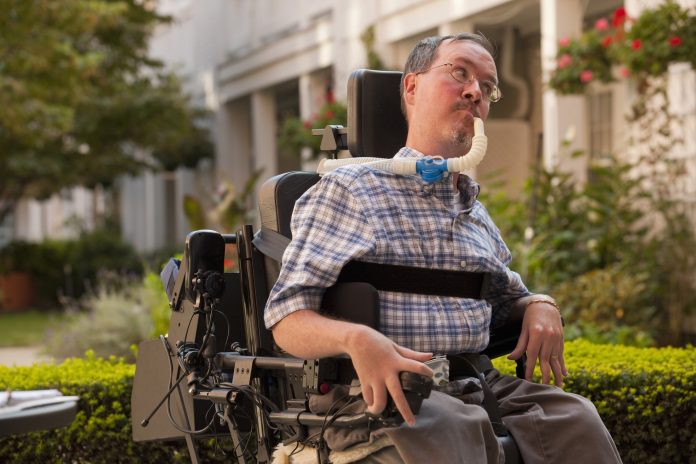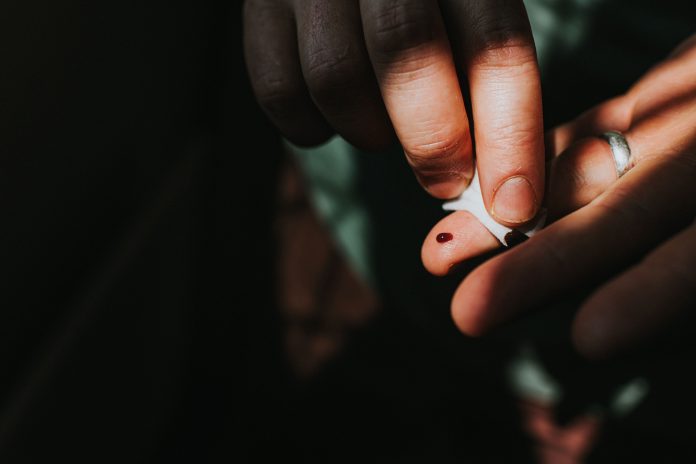
Gene therapy for conditions such as muscular dystrophy has remained elusive because the large size of the gene prevents them from being packaged on the delivery vehicle used for most successful gene therapies—adeno-associated viruses (AAVs). But now, a team of researchers at the University of Rochester say they have developed a new method for large gene delivery, in two halves, that once inside a cell generate messenger RNAs (mRNAs) to restore expression of missing or inactive proteins in the disease. Details of this new method were published in Science.
The new technology, dubbed StitchR for “stitch RNA,” showed that the method restored the expression of large therapeutic muscle proteins to normal levels in two different animal models of muscular dystrophy: it enabled the expression of dysferlin which is lacking in people with limb girdle muscular dystrophy type 2B/R2; and the protein dystrophin which is absent in patients with Duchenne muscular dystrophy.
“Gene therapy is a powerful tool for delivering a healthy gene copy back to a patient’s cells to correct genetic diseases, but the vectors used to deliver this information are small, which has so far precluded their use for treating a whole host of diseases caused by mutations in large genes,” said Douglas M. Anderson, PhD, lead author of the study and assistant professor at the University of Rochester School of Medicine and Dentistry. “Instead of delivering the full gene in a single vector, which isn’t possible, we’ve developed an efficient dual vector system where two halves of a gene are delivered separately but come together to reconstitute the large mRNA in the affected tissues.”
The breakthrough arose from a chance discovery in the laboratory several years ago. Researchers found that when two separate mRNAs were cut by small RNA sequences called ribozymes they became seamlessly joined and translated into a full-length protein. Digging deeper they found that when ribozymes cleave RNA, the ends that are left are then recognized by a naturally occurring repair pathway.
“Similar to when CRISPR enzymes are used to cut DNA, the CRISPR enzymes are just the scissors, and it’s a cell’s natural repair enzymes that glue the DNA back together,” Anderson explained. “We think something similar is happening here, but for RNA. The ribozymes are acting as the scissors and the cell’s natural repair pathways are able to join the two RNAs back together. It’s remarkable that two separate mRNAs are able to find themselves and that the process can be so efficient.”
With this discovery, the University of Rochester team has worked to improve and optimize the efficiency of the process, which has led to an improvement of more than 900-fold from their initial work. Now, they can encode two halves of large therapeutic genes into AAV vectors whereby the ribozymes cut the ends of the mRNAs, which later join to form a single, seamless mRNA that can produce the protein needed in the desired tissue. These new, stitched together mRNAs have shown they function the same way as the full-length mRNAs and can effectively translate genetic information into functional proteins.
The technology depends on self-cleaving ribozymes to allow the larger genes to be cut. However, these small RNA sequences, which are abundant in the animal kingdom, are comprised of different families and, likewise, have differing cleavage activities. The investigators tested a range of ribozyme families before finally settling on a formula that led to a high level of protein production and approached the levels by genes expressed from only a single vector.
StitchR can be coupled with many different types of vectors that are used to deliver or express a gene in cells and Anderson noted that it appears to work efficiently with any mRNA sequence—a quality that could potentially be used to develop therapies across a broad swatch of diseases.
“StitchR is really plug and play at this point. The sequence requirements for StitchR are minimal, and we’ve now tested this with many different genes and sequences,” Anderson said.
Another advantage of StitchR is its ability to ensure that only the full-length protein is produced. Other dual vector systems have struggled with efficiency and often result in incomplete or partial proteins. By working at the RNA level, StitchR ensures that the final product is a complete, functional protein, which is critical for treating diseases like muscular dystrophy.
“It’s been a long but fulfilling process to go from an initial research observation to a therapeutic application, but that’s always been a major goal of our lab, and I think the promise of basic research,” Anderson concluded. “With StitchR and other tools we are working towards treatments for some of the most debilitating genetic diseases on the planet, many of which have no current treatments or cures.”








